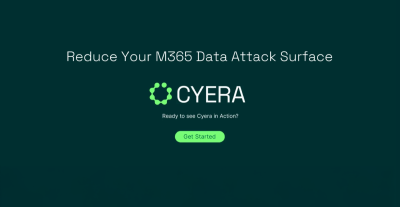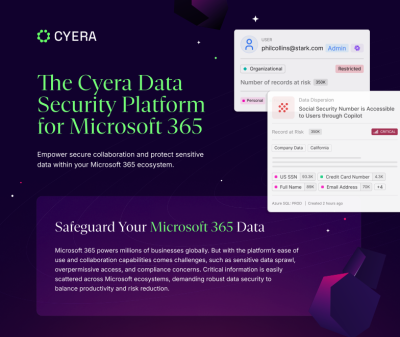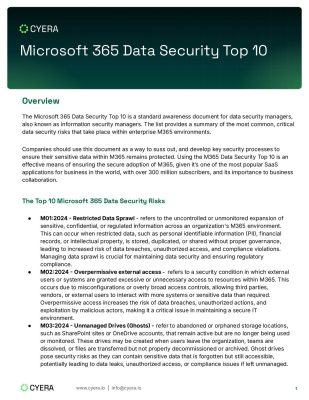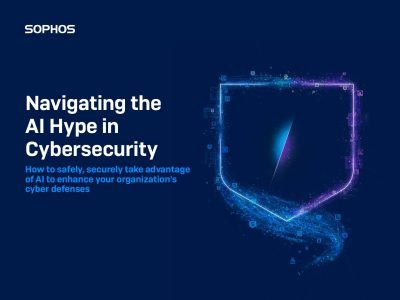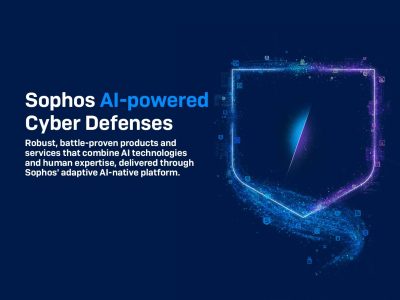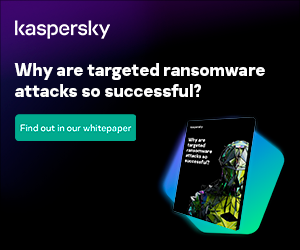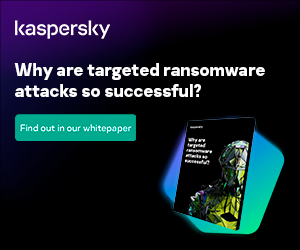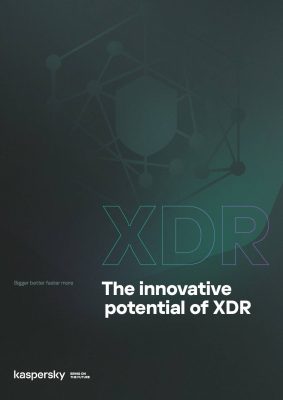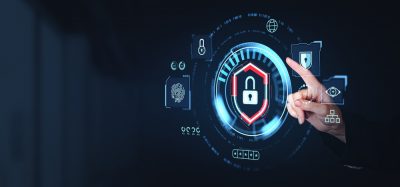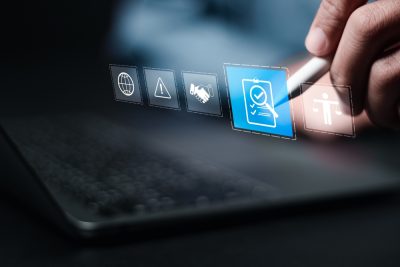Highlights:
- 78% of chief information security officers handle a portfolio of 16 or more cybersecurity solutions, while 12% oversee 46 or more.
- Architecture maps are improved by Bionic’s Business Risk Scoring, which gives each threat a numerical score between 1 and 100.
Bionic Inc., a provider of an application security posture management platform, introduced two new features to assist customers in better understanding and managing the vulnerabilities and threats to their applications.
The initial version, Bionic Signals, aims to deal with the growing complexity of the security tool sprawl problem. As per Gartner, 78% of chief information security personnel handle a portfolio of 16 or more cybersecurity solutions, while 12% oversee 46 or more. The security staff in larger businesses even works with more than 76 security tools.
By collecting and combining security data from various sources, Bionic Signals addresses this issue by improving the context and comprehension of vulnerabilities and threats in connection with the business and application security posture. According to the functionality, managing the numerous security instruments in use will be simplified and help reduce the extra noise these programs produce.
Customers may access the capabilities of Bionic ASPM from the Snyk and Sonatype user interfaces due to the new service’s integration with platforms like Snyk SCA and Sonatype IQ. By providing context from both application and cloud security tools and evaluating other security tools’ effect on production applications, the Bionic Signals feature also improves customers’ awareness of threats.
The second release, titled “Business Risk Scoring,” aims to fill a critical gap in application security by providing context-rich risk assessment, prioritization, and remediation. According to Bionic, traditional approaches struggle to give sufficient information to risk-based prioritization, essential for making wise security decisions.
Architecture maps are improved by Bionic’s Business Risk Scoring, which gives each threat a numerical score between 1 and 100. The threat’s profile and severity, the impacted application or component’s business criticality, and the exploitability of the vulnerability all contribute to the final score.
Threats are divided into four severity levels according to the scoring system: critical, high, medium, and low. The scoring also incorporates a granular and highly contextual risk evaluation. Due to the classification system, customers can quickly understand how threats affect their applications.
Eyal Mamo, Chief Technology Officer and Co-founder said, “Most security tools today focus primarily on discovery, but without operational insights into critical exploitable business risks, all they provide is noise. Our next-gen application security platform discovers and visualizes all services, and then Bionic discovers and visualizes application services, dependencies, APIs, and data flows. We then detect, score, and prioritize application risk so that teams can spend time fixing what needs to be fixed.”
Bionic Business Risk Scoring and Bionic Signals for Sonatype IQ are commonly available, while Bionic Signals for Snyk SCA will be made available in July.
